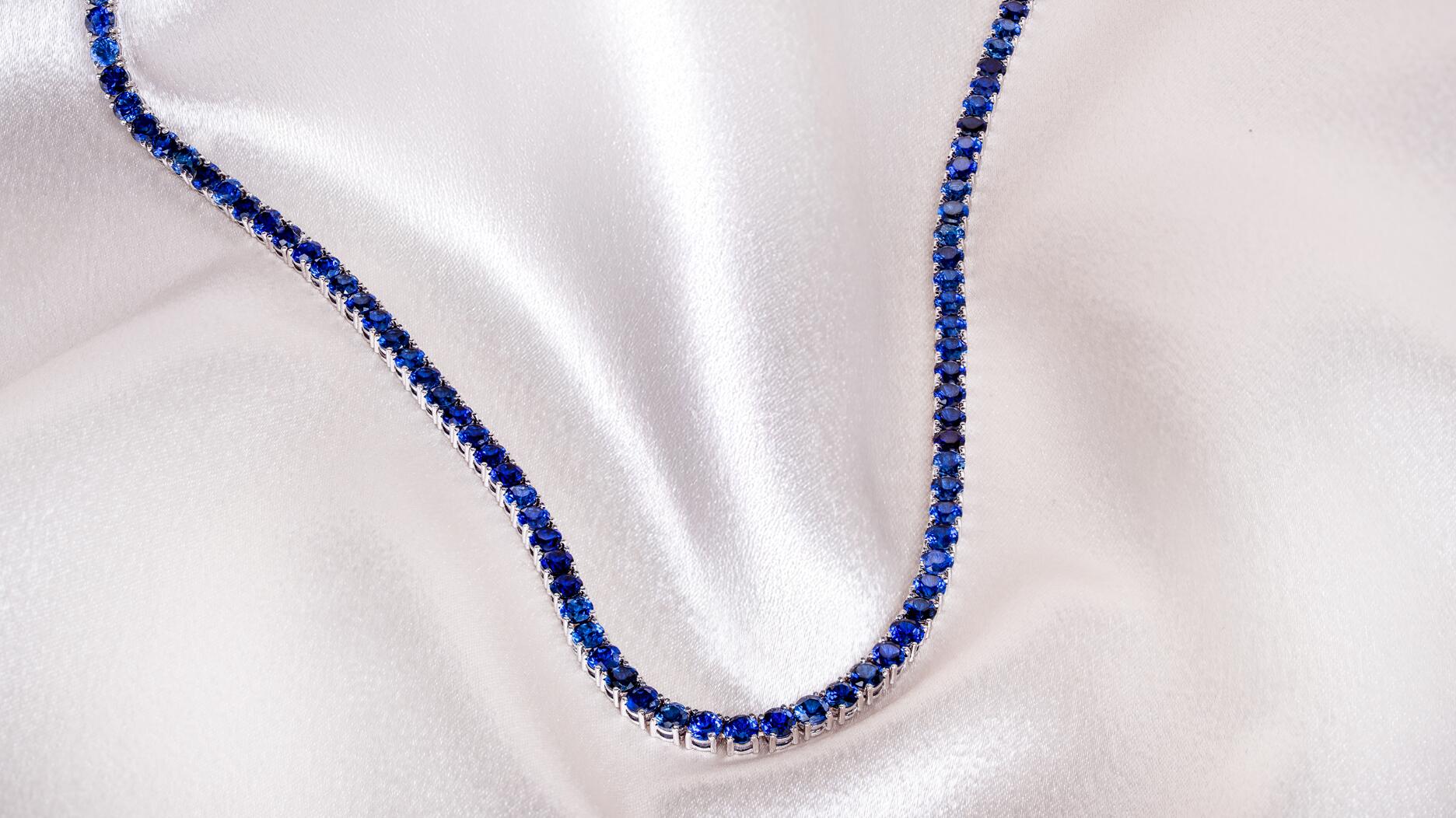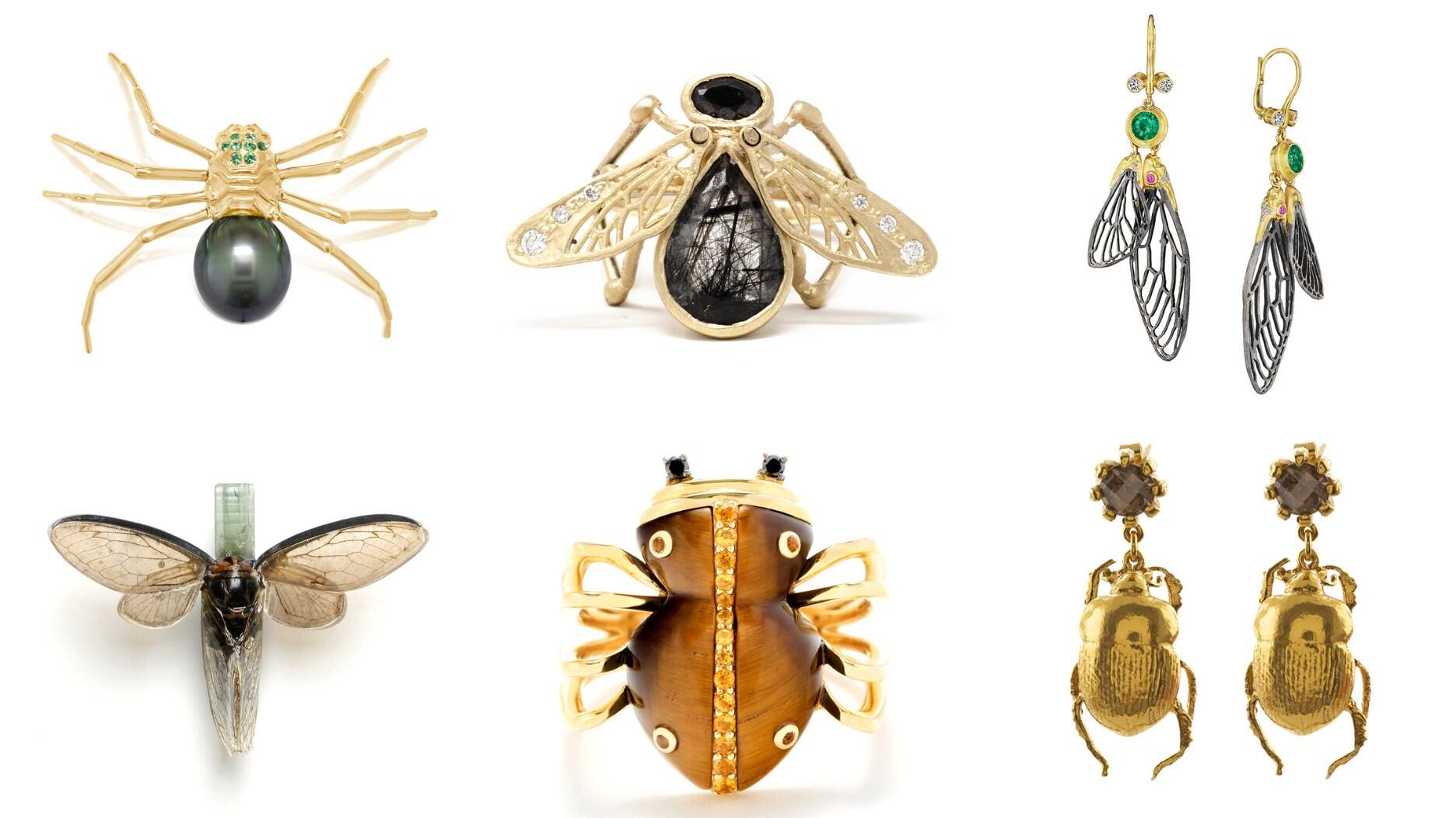Carlos Jose Hernandez and Joshua Zuazo were sentenced to life without the possibility of parole in the 2024 murder of Hussein “Sam” Murray.
5 Developments That Shaped the Colored Stone Sector in 2018
Senior Editor Brecken Branstrator reviews the top technology, activities and trends in colored gemstones this year.

This year was full of changes and progressions that shaped the sector.
Here are the five developments that, in my opinion, most affected the colored gemstone supply chain in 2018.
1. Focus on blockchain and tracing in colored stones continued to grow.
It’s really no surprise there was development in this area, given the importance of responsible sourcing in today’s market.
Earlier this year, Gübelin Gem Lab announced that it has partnered with Everledger to create a blockchain for colored gemstones, designed to engage all parties involved in the lifecycle of a gemstone and applicable to every stone.
The project comes as part of the lab’s Provenance Proof initiative, a long-term program designed to develop and provide technologies to the gemstone industry to make it more transparent. The initiative includes its “Emerald Paternity Test,” which involves applying DNA-based nanoparticles directly onto rough emerald crystals at mining sites to allow for origin determination up through the supply the chain.
Global rollout of the blockchain is slated to begin during the Tucson gem shows in February 2019.
Meanwhile, during the second World Emerald Symposium this fall, the Colombian Ministry of Mines and Energy unveiled a new project dubbed the “Mineral Digital Fingerprint” project, designed to help track minerals sourced in the country.
I can’t help but think that at the very least, these are moves in the right direction for the colored stone industry.
2. Fura turned up the heat in Colombia and Mozambique.
Led by a trio of ex-Gemfields executives, Fura Gems (formerly Fura Emeralds) has made quick work of building a team and acquiring mining sites.
Dev Shetty, the former COO of Gemfields, joined the company as president and CEO in January 2017 and hit the ground running.
In just two short years, the company has bought and built up two important gemstone projects.
In January of this year, Fura closed on the acquisition of the well-known Coscuez emerald mine located in Boyacá. The company bought the site with the goal of ramping up production and providing a more consistent supply of the material.
The site is now producing and Fura just released the results of a maiden mineral resources estimate, which predicts the mine could produce as much as 6 million carats in the next 30 years.
The company expects to be selling the material by early next year.
Fura also had a lot of activity in Mozambique.
The company bought ruby mining licenses in Montepuez in July and August, giving it what it says is the largest ruby mining concession in the country and some of the highest-quality ruby licenses available in Mozambique.
It also meant that Fura and Gemfields are now the only large-scale ruby miners operating in Montepuez.
It remains to be seen what affect this will have on Mozambican rubies and the ruby market overall as the country’s materials continue to play an even greater role in the gemstone sector.
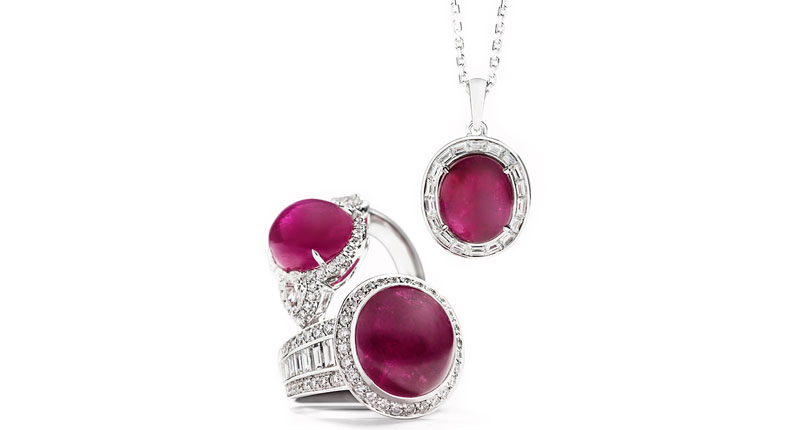
3. Greenland gems came fully online.
The supply chain for colored stones is constantly changing, and it’s always exciting to watch new sources develop and anticipate the effect they’ll have on the sector.
The government of Greenland found the right partner to mine its gems in Greenland Ruby. The company began production at Aappaluttoq, the country’s first corundum mine, last May and started looking for clients shortly thereafter.
Several designers have used the material in jewelry, including Erica Courtney and Victor Velyan, and this fall, the first full collection featuring Greenland rubies and pink sapphires launched at Danish retailer Hartmann’s Fine Jewellery.
The rubies and pink sapphires from Greenland not only come with an interesting story—sourced from a place with a striking landscape covered in ice—but also provide mine-to-market tracking of the gems, according to the miner. They also hit the market at a time when demand for rubies is stable and fancy color sapphires are hot.
Hartmann’s, for one, seemed to be excited about the Greenland gem collection.
Ulrik Hartmann told me there was a strong response before it was even released, and Greenland Ruby updated its social media just a month after the launch to report the Danish retailer had already sold out of its initial collection.
4. All eyes turned to Ethiopia.
Ethiopia was pulled back into the spotlight when emerald production began in 2016 at a new source located a little more than 300 miles south of the country’s capital, Addis Ababa, and it has remained there, for a few different reasons.
Though production at the new source started around August 2016 and there were, in fact, some Ethiopian emeralds at the 2017 Tucson gem shows, the effect of the new source and the excitement around it really hit during this year’s Tucson shows.
While a lot of the material emerging from Ethiopia has been commercial grade, there also has been some fine quality material, and I can speak from experience that it has a beautiful, vivid color.
The gems made quite an impact on the global emerald market.
Yet, Simon Watt of Mayer & Watt and GemWorld’s Stuart Robertson both told me recently that less material was available this year.
The country also made headlines in July, when Gemfields reported that a 300 to 500-person mob overran its mining operations there, forcing it to evacuate all employees.
Just a month later, Gemfields said its Ethiopian emerald exploration site had been looted, with the safe in the sort house ransacked and the emeralds in it stolen.
There’s a lot changing and evolving in the East African gem sector right now, and I’ll endeavor to make sure National Jeweler keeps up with what’s going on in Ethiopia in the coming year.
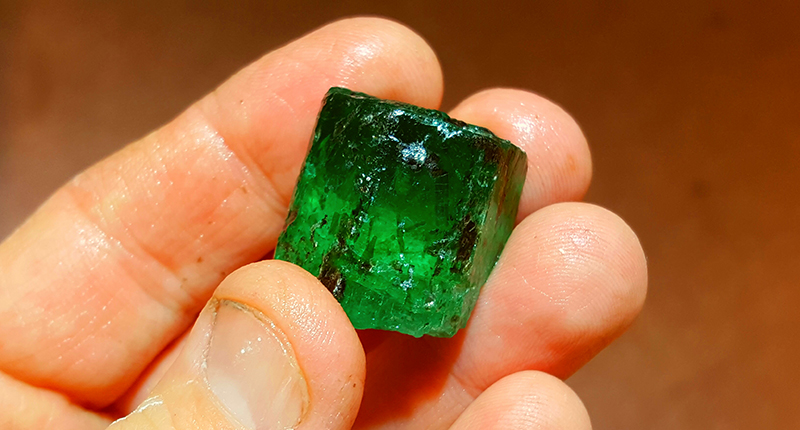
5. Source countries fought for more control.
A notable trend likely to affect the accessibility of gemstones to the trade involves the governments of source nations working toward greater control over their resources.
In fact, tighter regulations designed to keep value in country through jobs and other economic benefits are becoming more of a norm, Robertson said.
Take what’s happening in Tanzania, for instance. The country has instituted a ban on exporting rough in an effort to receive more benefits from the value of its gemstones.
The Tanzanian government has called it a success, collecting much more in export revenues since enacting the measures.
On the flip side is the effect on the local miners and foreign buyers, since the country isn’t set up to cut the amount of gems being produced; miners struggle to sell their materials and foreign buyers are no longer able to buy rough and export it themselves.
This is a common theme in several of the countries where the governments are considering making similar moves, according to Robertson: a lack of infrastructure to support in-country processing and cutting.
But it’s something the trade will have to address because it appears this is movement is here to stay.
The Latest

Yood will serve alongside Eduard Stefanescu, the sustainability manager for C.Hafner, a precious metals refiner in Germany.

The New Orleans jeweler is also hosting pop-up jewelry boutiques in New York City and Dallas.

How Jewelers of America’s 20 Under 40 are leading to ensure a brighter future for the jewelry industry.

Set in a Tiffany & Co. necklace, it sold for $4.2 million, the highest price and price per carat paid for a Paraíba tourmaline at auction.


The jeweler’s “Deep Freeze” display showcases its iconic jewelry designs frozen in a vintage icebox.

Take luxury gifting to new heights this holiday season with the jeweler’s showstopping 12-carat sphene ring.

Roseco’s 704-page catalog showcases new lab-grown diamonds, findings, tools & more—available in print or interactive digital editions.

This year's theme is “Unveiling the Depths of the Ocean.”

In its annual report, Pinterest noted an increase in searches for brooches, heirloom jewelry, and ‘80s luxury.

Starting Jan. 1, customers can request the service for opal, peridot, and demantoid garnet.

The 111-year-old retailer celebrated the opening of its new location in Salem, New Hampshire, which is its third store in the state.
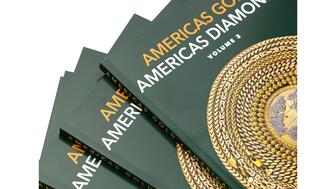
The new catalog features its most popular chains as well as new styles.

The filmmaker’s personal F.P. Journe “FFC” prototype was the star of Phillips’ recent record-setting watch auction in New York.

The new location in the Design District pays homage to Miami’s Art Deco heritage and its connection to the ocean.

Inflations, tariffs, and politics—including the government shutdown—were among consumers’ top concerns last month.
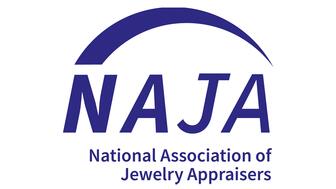
“Longtime favorite” presenters, as well as first-time speakers, will lead talks and workshops at the annual event in Tucson next year.

Silas Smith of Meridian Metalworks won the challenge with his pendant that blends Australian and American landscapes.
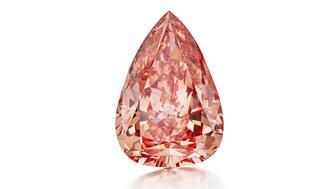
The sale of the 31.68-carat, sunset-hued stone was part of Sotheby’s first series of events and auctions in Abu Dhabi.

Most customers who walk into your store this month have made up their minds. Your job is to validate their choice, Emmanuel Raheb writes.

The collection features characters and motifs from Ukrainian folklore, including an enchanted mirror and a magic egg.

MatrixGold 3.11, the newest version of the jewelry design program, offers more flexibility, precision, and creative control.

The pavilion will be part of the 2026 JA New York Spring show, scheduled for March 15 to 17.

Kadet, a 1994 National Jeweler Retailer Hall of Fame inductee, helped grow the family-owned retailer in the Chicago area and beyond.

Billed as the world’s smallest wearable, Lumia Health’s new smart earrings have a health tracker subtly embedded in the back.
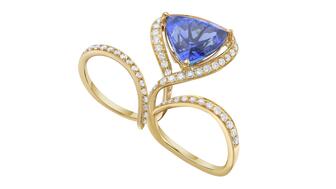
Don’t let those with December birthdays feel blue. Help them celebrate their month with blue zircon, turquoise, and tanzanite.
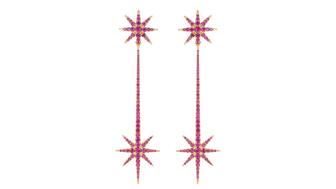
The new pink sapphire version of the piece dances with its wearer in the brand’s “Icons After Dark” holiday campaign.









